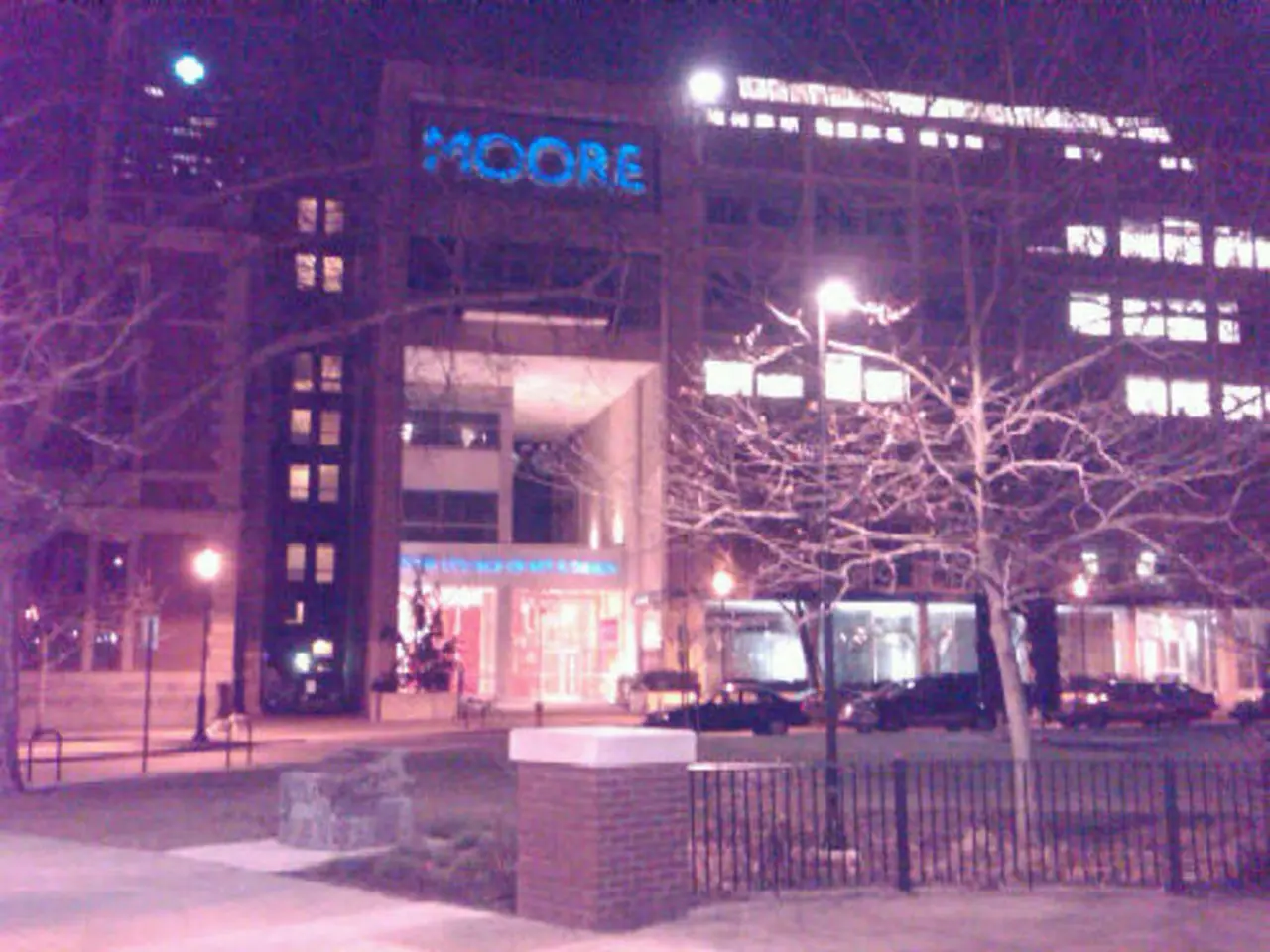Lung Sound Classifications, Their Origins, and Associated Treatment Options
Abnormal lung sounds, such as wheezing, crackling, rhonchi, stridor, and pleural rub, can provide valuable clues about a person's underlying health condition. These sounds arise from various causes related to airway obstruction, inflammation, infection, fluid, or structural abnormalities in the lungs or pleura.
Wheezing: A High-pitched Whistle
Wheezing, a high-pitched whistling sound, is commonly caused by narrowed or inflamed airways. Conditions such as asthma, COPD, bronchitis, or allergic reactions leading to bronchoconstriction are often responsible for this sound.
Crackling (Rales): Popping Sounds
Crackling or popping sounds, known as rales, are usually heard primarily on inspiration. These sounds are often due to fluid in the alveoli or airway collapse and reopening. Pneumonia, heart failure with pulmonary edema, interstitial lung disease, and fluid overload are some conditions that can cause crackles.
Rhonchi: Low-pitched, Rumbling Sounds
Rhonchi are low-pitched, rumbling sounds indicating mucus or secretions in larger airways or bronchial obstruction. Rhonchi may clear or change after coughing and are often associated with chronic bronchitis, COPD exacerbations, or bronchiectasis.
Stridor: High-pitched Sound During Inhalation
Stridor is a harsh, high-pitched sound heard during inspiration, caused by upper airway obstruction. Conditions like vocal cord dysfunction, foreign body, croup, or tracheal stenosis can cause stridor, reflecting turbulent airflow in narrowed upper airways.
Pleural Rub: Creaking or Grating Sound
Pleural rub, also known as pleural friction rub, is a creaking or grating sound resulting from inflammation of the pleural surfaces rubbing against each other. Pleuritis, pleural effusion, or pulmonary embolism with pleurisy are some conditions that can cause pleural rub.
Diagnosis and Treatment
Diagnosis typically involves careful chest auscultation, patient history, and physical examination. Additional tests such as chest X-rays, CT scans, spirometry, blood tests, and bronchoscopy may be used to identify the underlying cause.
Treatment depends on the cause. For example, for wheezing (asthma, COPD), bronchodilators and corticosteroids reduce airway inflammation and obstruction. Crackles due to pneumonia require antibiotics, while heart failure-related crackles are treated with diuretics and cardiac support. Rhonchi clearing after expectoration may need airway clearance techniques, antibiotics, and bronchodilators if infection or chronic bronchitis is present. Stridor due to upper airway obstruction may require airway management, steroids, or surgery depending on the cause. Pleural rub related to pleural inflammation is treated by addressing the underlying cause (infection, embolism) and pain/inflammation control.
Seeking Medical Help
Anyone who notices new symptoms related to their breathing, such as a continuous cough, coughing up mucus or blood, shortness of breath, chest pain, should speak with a doctor for a diagnosis. Doctors may also use computerized lung sound analysis devices, request blood tests, CT scans, or X-rays during diagnosis. When a doctor wants to listen to a person's lungs, they will generally use a stethoscope and may tap an individual's back to listen for nodules or fluid buildup.
In summary, abnormal lung sounds reflect specific pathophysiological processes affecting airways, alveoli, or pleura, and their evaluation integrates clinical auscultation findings with diagnostic imaging and laboratory tests to target appropriate treatment.
- Wheezing, a high-pitched whistle, is often associated with health conditions like asthma, COPD, bronchitis, or allergic reactions.
- Crackling or popping sounds, known as rales, may be due to pneumonia, heart failure with pulmonary edema, interstitial lung disease, or fluid overload.
- Rhonchi, low-pitched, rumbling sounds, are typically linked to chronic bronchitis, COPD exacerbations, or bronchiectasis because of mucus or secretions in larger airways.
- Stridor, a harsh, high-pitched sound during inhalation, could be a symptom of conditions such as vocal cord dysfunction, foreign body, croup, or tracheal stenosis.
- Pleural rub, a creaking or grating sound, can result from inflammation of the pleural surfaces due to pleuritis, pleural effusion, or pulmonary embolism.
- The predictive value of abnormal lung sounds involves careful chest auscultation, patient history, and physical examination, along with possible additional tests like chest X-rays, CT scans, spirometry, blood tests, and bronchoscopy.
- Specific medical-conditions, including respiratory-conditions like asthma, COPD, and obesity-related conditions, can be diagnosed through a combination of analysis of abnormal lung sounds using a stethoscope, diagnostic imaging, and laboratory tests.




